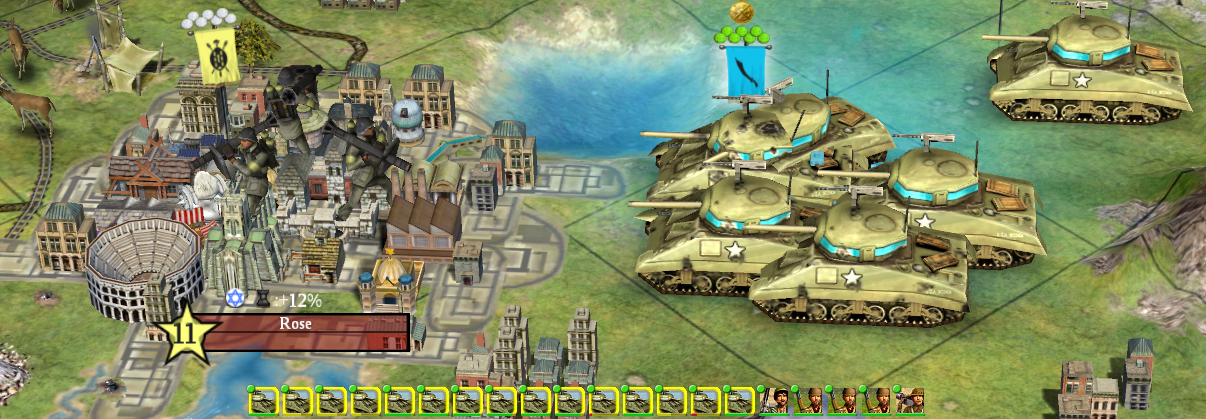Spaced repetition is great, and everyone should know about it.
Spaced repetition is a technique for memorizing, well, anything. The basic idea is really simple. You learn a thing, and then you review it. You review it frequently at first and then gradually increase the amount of time between each review. In other words, you review it again and again, with each repetition carefully spaced apart, hence the name.
Now, you might be thinking, "Why worry about memorizing things? I can just look things up online." That's true, but I still think it's worth memorizing things. For one, you can look up information in your brain a lot faster than information online. Furthermore, there are many things that you can't easily look up if you don't already know something about the subject.
You might also be thinking, "It's more important to understand fundamental principles than it is to memorize simple facts." Again, that's true, but I would argue that memorizing facts helps to gain that understanding. A large set of examples can help you internalize the patterns that the principles express.
By now, hopefully you're convinced that it's worth memorizing some things, and you're wondering how to do spaced repetition. Typically it's done with flashcards, but you could do it with anything that gets you to actively recall the thing you're trying to memorize.
You can keep track of the timing using the Leitner system. The way it works is you keep your flashcards in numbered boxes. Every day add a few flashcards to box #1. When you review a card and you get it right, you move it to the next box up. When you review a card and you get it wrong, it goes back to box #1. Each box is reviewed half as frequently as the previous, so you review box #1 every day, box #2 every other day, box #3 every fourth day, and so on.
| Day | 1 | 2 | 3 | 4 | 5 | 6 | 7 | 8 | 9 |
|---|---|---|---|---|---|---|---|---|---|
| Box #1 | ✓ | ✓ | ✓ | ✓ | ✓ | ✓ | ✓ | ✓ | ✓ |
| Box #2 | ✓ | ✓ | ✓ | ✓ | |||||
| Box #3 | ✓ | ✓ | |||||||
| Box #4 | ✓ | ||||||||
| Box #5 | ✓ |
This table shows which boxes should be review for the first nine days. To state it mathematically, on day N, you should review box X if N+2X−2−1 is divisible by 2X−1.
There's also software to help keep track of all the details for you. Personally, I use Anki, but there are lots of other alternatives you can try.
I strongly encourage you to try it, if there's anything you want to learn. If you want more information, here's a fun interactive article and here's an essay written by a teacher about their experience using spaced repetition software in the classroom.

